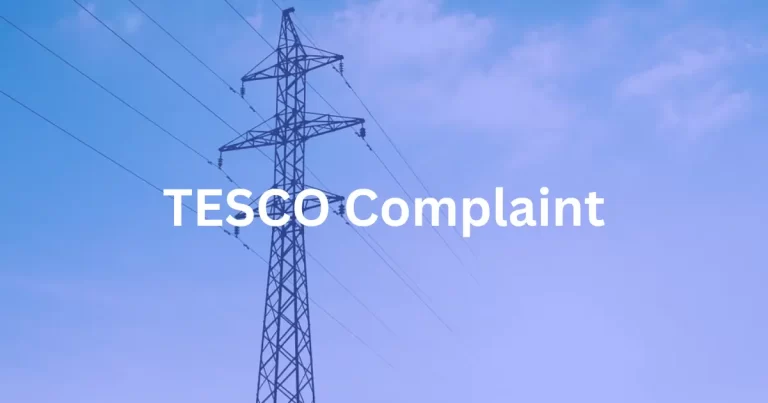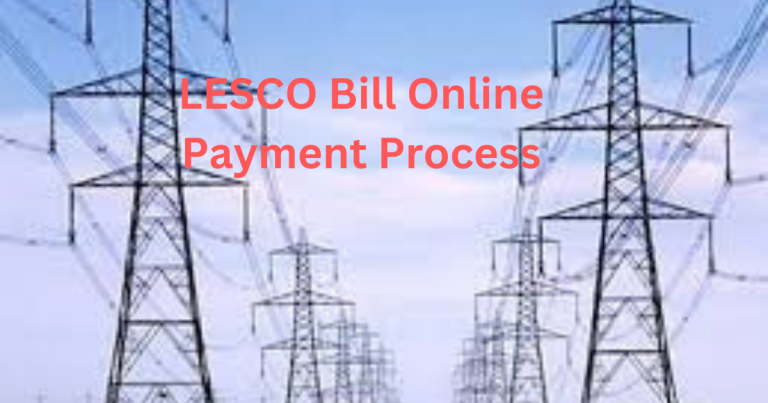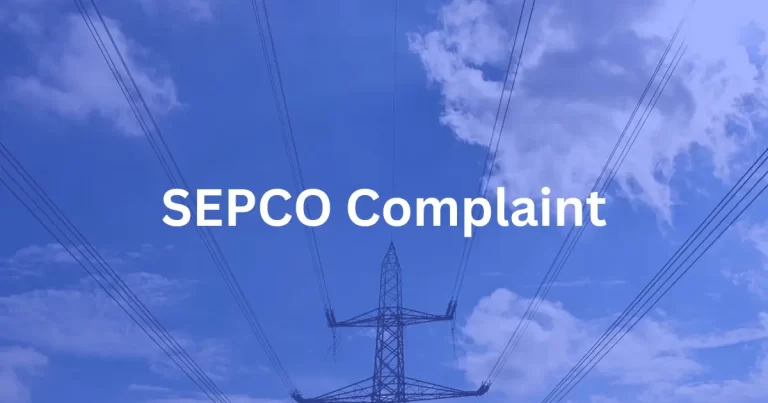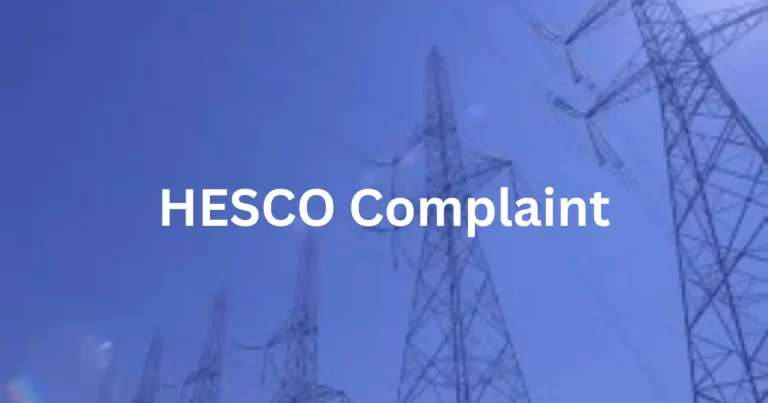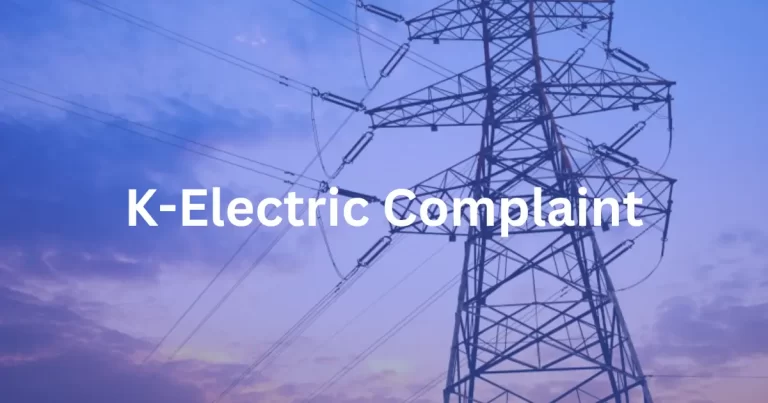WAPDA is an important organization in Pakistan, which is responsible for managing water and power resources. The company plays a vital role in making sure electricity reaches homes and businesses across the country.
Understanding your WAPDA bill is important for managing energy wisely and planning finances carefully. Knowing details like unit rates, taxes, and additional charges helps individuals and businesses make smart choices about their energy use. This knowledge encourages responsible energy consumption and allows consumers to budget effectively to promote a sustainable and economically sensible approach to using energy.
How to Understand Your WAPDA Bill: Decoding Your Electricity Bill
To understand your WAPDA bill better, it’s essential to know its different parts. The bill includes various charges like unit rates, taxes, and surcharges. Let’s take a closer look at each of them.
WAPDA Bill Unit Rates and Consumption
To figure out your WAPDA bill, you first need to know how much electricity you have used, which is measured in units called kilowatt-hours (kWh). This amount is crucial because it forms the basis for calculating your electricity charges. The process involves multiplying the kilowatt-hours you used by a specific rate.
This rate is like a price tag for your energy use, and it can vary depending on the electricity distribution company you are connected to. There are different companies like MEPCO, LESCO, FESCO, PESCO, HESCO, IESCO, SEPCO, and GEPCO, each managing electricity in specific regions of the country.
Understanding this system helps you undo the different charges on your WAPDA bill to give you a clear picture of how much energy you are using and what you are paying for.
Taxes and Surcharges
In your WAPDA bill, there are various charges imposed by the government that contribute to your overall electricity cost. One significant charge is the General Sales Tax (GST), which is a tax on goods and services. This tax is an essential part of your electricity expenses. Additionally, there are other financial obligations like Income Tax, a contribution based on your earnings, and various regulatory charges. All these charges work together to shape the financial aspect of your energy consumption.
Understanding these charges is crucial because they collectively determine the total cost of getting and using electric power. It shows how these financial elements are interconnected and contribute to the overall structure of your electricity bill.
Understanding Tariffs and Charges
Electricity prices, known as tariffs, are crucial in deciding how much you pay for electricity. These tariffs depend on what kind of consumer you are (like if you are a homeowner or a business) and how much electricity you use. Residential and commercial tariffs are not the same; industrial tariffs are usually higher because industries use more energy.
In different places, there might be special tariffs or exceptions for specific types of consumers. So, understanding the tariff system is important because it determines how much you will be charged for the electricity you use, and it can vary based on your type of usage and where you live.
Payment and Billing Platforms
To make it easy for people to pay their bills, WAPDA has set up various user-friendly options. You can pay online using your computer or mobile phone through their official website or dedicated mobile apps designed for modern users. If you prefer a more personal approach, there are specific payment centers available too. Choosing to pay your bill online is a smart option because it saves time and makes the payment process simple. Whether you use the WAPDA website or the distribution company’s portal, this choice reflects WAPDA’s commitment to providing the best customer experiences by making bill settlement quick and straightforward.
Regional Impact and Infrastructure Development
The way electricity is managed and billed can vary based on the location, and this is quite evident in places like Karachi. In Karachi, the responsibility for providing electricity lies with K-Electric (KE), which operates separately from WAPDA due to historical reasons. KE not only takes care of the city’s electricity infrastructure but also handles the billing process directly for its consumers. This means they manage everything related to electricity right in the city. This unique setup in Karachi shows the historical and special circumstances that have shaped how electricity is distributed in the city. KE acts as a dedicated caretaker of Karachi’s power supply, highlighting its special role in Pakistan’s larger energy landscape.
Distribution Company Breakdown
In Pakistan’s electricity system, each distribution company has a crucial role, in taking care of a specific area. This tailored approach ensures that different regions across the country receive efficient electricity coverage. Take Lahore Electric Supply Company (LESCO) as an example; it looks after the electricity needs of Lahore and nearby areas. Similarly, the Multan Electric Power Company (MEPCO) is responsible for providing power to Multan. These companies handle everything from distributing electricity to maintaining important infrastructure and managing billing for the people in their assigned regions.
This localized system allows for more focused and efficient management, making sure that the unique energy requirements of each area are met. So, different parts of the country have their own dedicated distribution companies, ensuring that electricity services are well-suited to the specific needs of each distinct region.
Embracing Technological Advancements
Smart meters are changing how we handle electricity bills, bringing in a new era of accuracy and awareness. Unlike traditional meters, these smart devices give consumers real-time information about their energy use, allowing them to closely monitor their habits. This live data helps people understand how they use energy, giving them a powerful tool to manage it more effectively. With insights into their consumption patterns, individuals can make informed decisions about saving energy, reducing unnecessary waste, and promoting responsible energy use. In simple terms, smart meters go beyond the usual way of billing, creating a connection between advanced technology and careful energy management.
FAQs
What are the different charges on my WAPDA bill?
In your WAPDA bill, you’ll usually find these costs:
- Energy charges: These depend on the electricity you used.
- Fixed charges: This is a set rate you pay, no matter how much electricity you used.
- Taxes and surcharges: Extra fees covering government taxes and other costs are added to your bill.
How do I calculate my WAPDA bill?
To check your WAPDA bill, note your energy usage from the meter reading and check the applicable tariff rates on the WAPDA website. This information is crucial for understanding and calculating your electricity charges accurately.
How can I reduce my WAPDA bill?
To lower your WAPDA bill, consider:
- Using energy-efficient appliances.
- Unplugging devices when not in use.
- Turning off lights when leaving a room.
- Installing solar panels for sustainable energy.
What do I do if I have a problem with my WAPDA bill?
If you encounter issues with your WAPDA bill, reach out to their customer service for assistance in resolving the problem. They are equipped to help address any concerns or questions you may have regarding your bill.
Conclusion
Understanding your WAPDA bill is an essential step toward responsible energy consumption and effective financial planning. By deciphering the components of your bill, comprehending tariff structures, and embracing technological advancements, you can take control of your electricity usage and contribute to a sustainable energy future for Pakistan. As the nation continues to evolve in the energy sector, staying informed about WAPDA bills and related developments ensures that you are an empowered and conscientious consumer.

